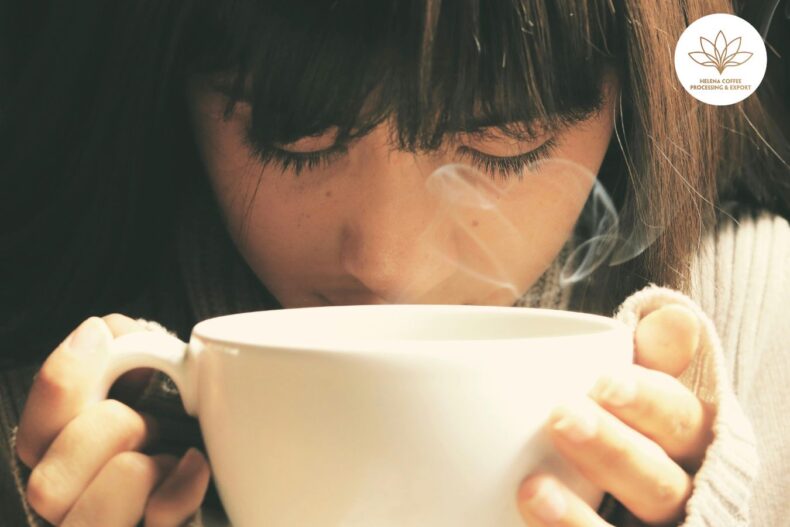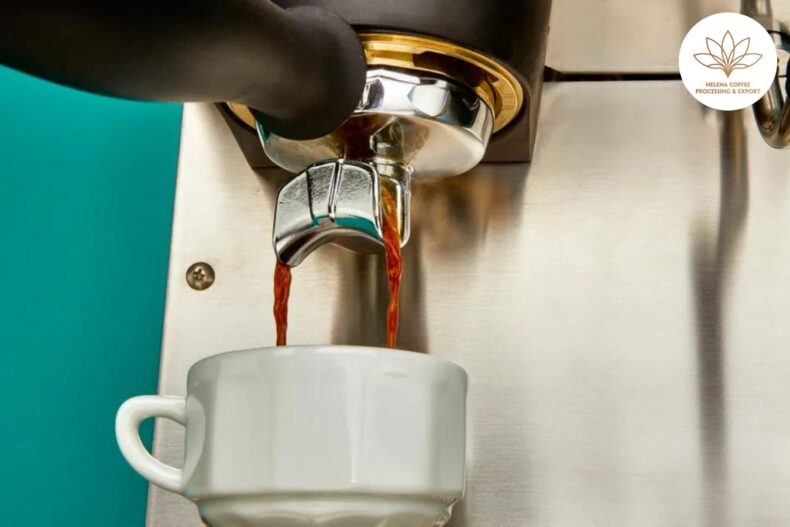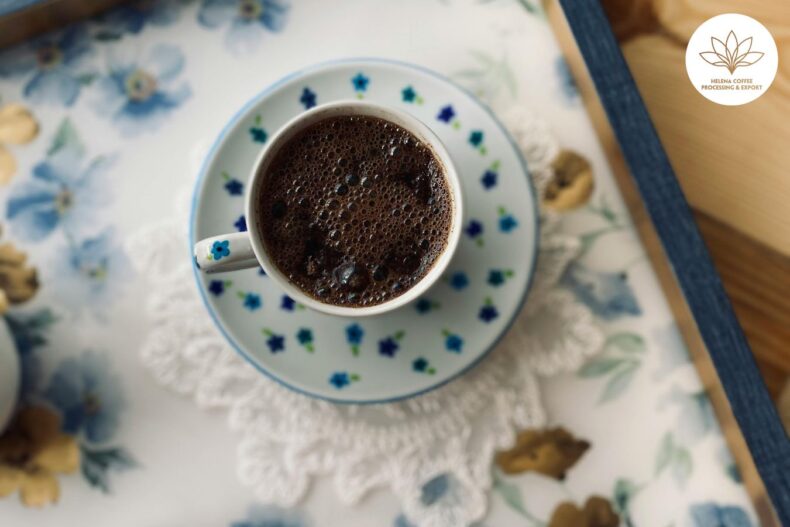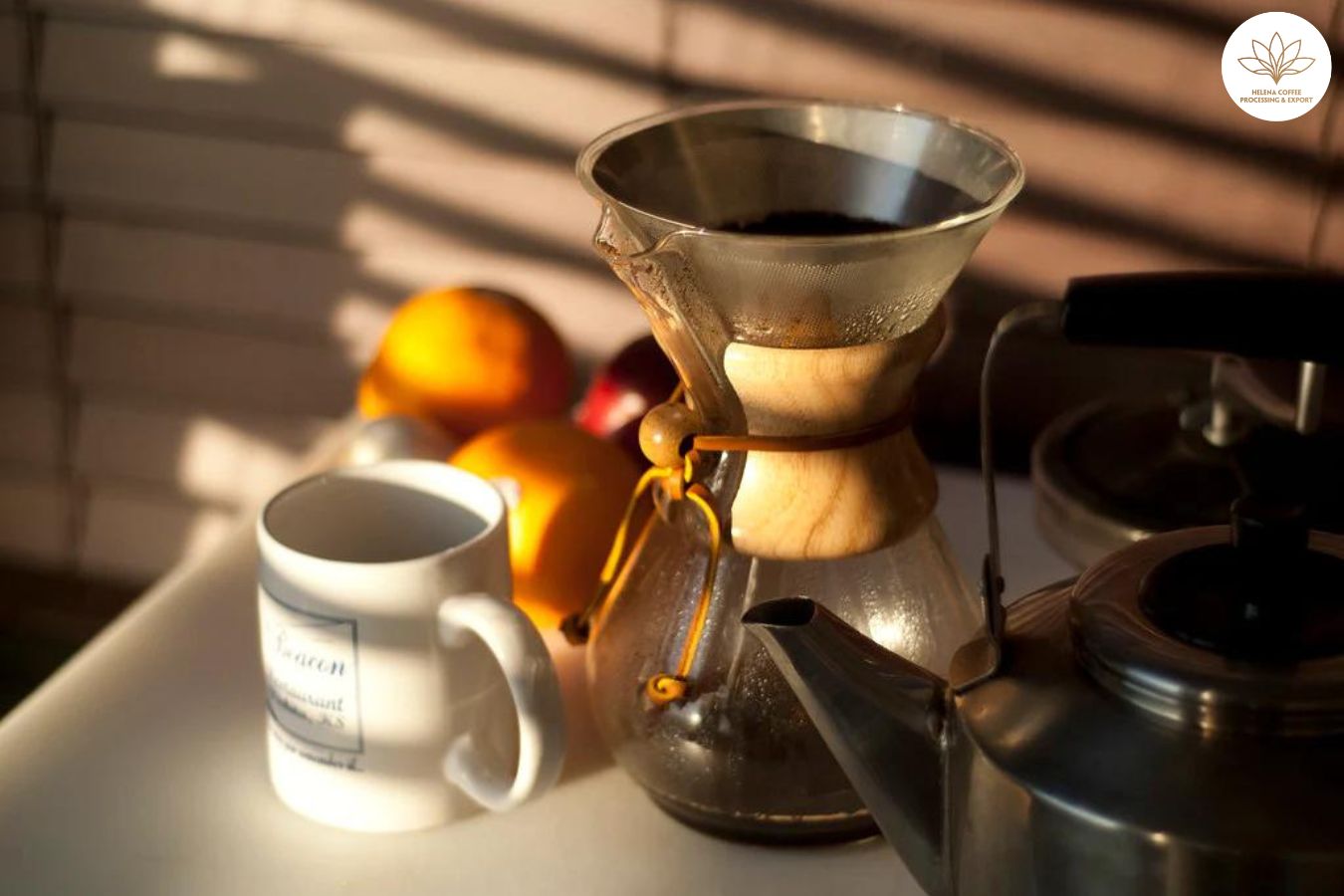
Difference between paper and metal AeroPress filters: Greetings, fellow brewers! Our AeroPress’ versatility inspires innovation – its potential seems limitless. As you note, filter material affects extraction and flavor. Paper or metal? Let us explore.
Valerian and Ben’s wisdom guides us. As campus director and brew champion, their perspectives will elucidate the nuances of each filter. There is an artistry to extraction we will uncover together.
By understanding these tools intimately, we can better sculpt whatever experience we desire. Cold brew or classic cup, tea or coffee, paper and metal unlock new frontiers.
Come – let us dive into their differences with open minds and senses. There is always more to learn, another level to achieve. Onward, fellow brew explorers! The joy is in the journey.
HOW DO PAPER AND METAL FILTERS AFFECT EXTRACTION AND FLAVOUR DIFFERENTLY?
Dear brewing friends, thank you for highlighting the nuances between paper and metal AeroPress filters. Their material certainly impacts the cup – paper absorbs oils for a cleaner profile, while metal passes more through for body.
And as you note, paper filters themselves vary based on material, bleaching, and manufacturing. This grants us a wide spectrum of options to sculpt our perfect cup.
Sustainability also factors in. Reusable metal filters reduce waste versus compostable paper ones. With AeroPress now offering an official stainless steel filter, the choice expands.
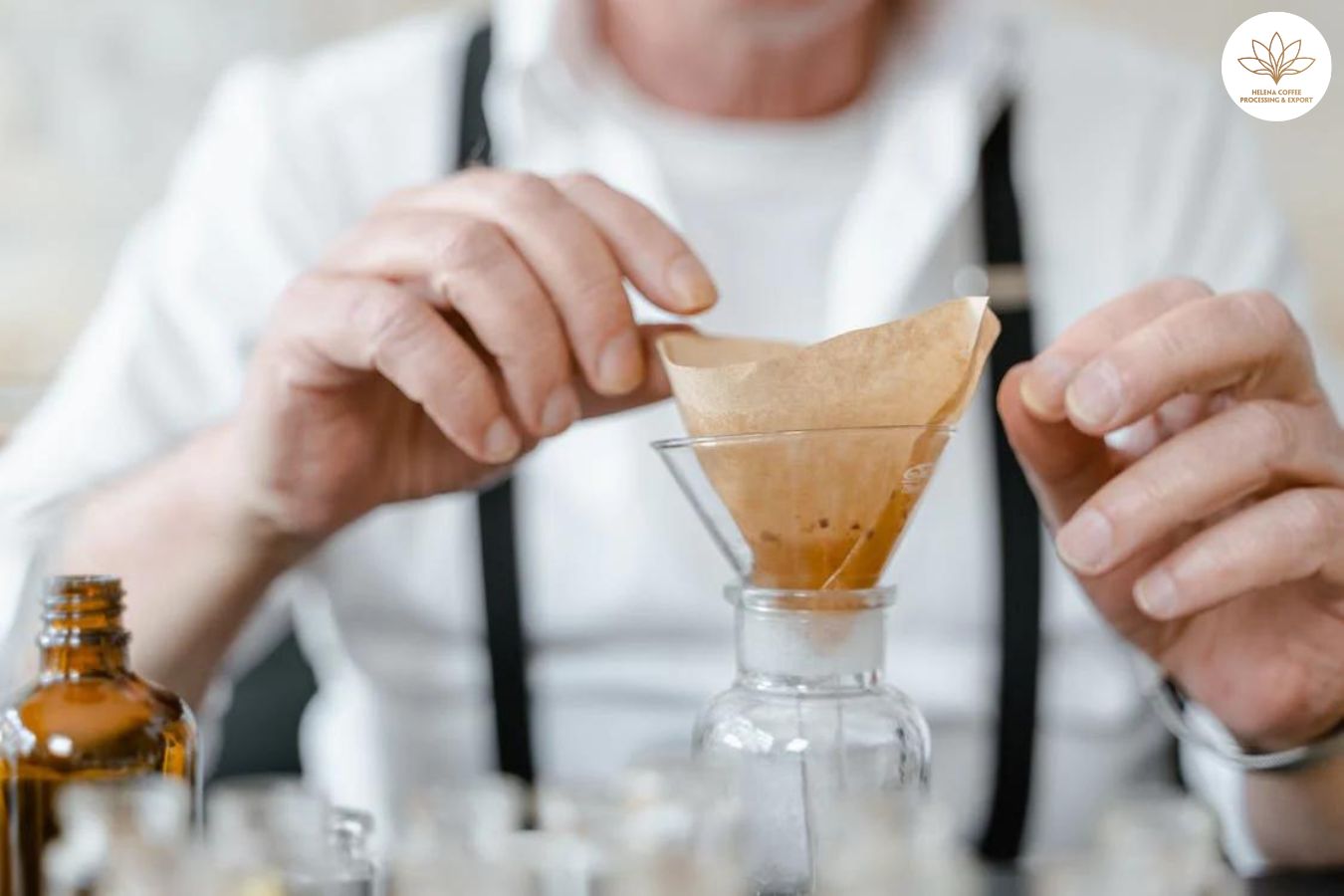
Let us embrace this diversity of filters to unlock the AeroPress’ potential. By understanding how each one shapes extraction and flavor, we can intentionally craft any experience. Cold brew clarity, tea-like brightness, bold immersion – a small change unlocks new dimensions.
Onward, fellow brewers! Our filters may differ but our passion unites us. Let us keep exploring, learning, and innovating together. The journey brings joy.
Testing the metal AeroPress filter
Valerian, thank you for sharing your enlightening experiment comparing AeroPress filters. Testing with an exquisite Gesha like that June lot from Ethiopia surely elucidates their differences. With its tropical fruit and pineapple notes, any filter’s effects on body and clarity will be evident.
Your methodology seems sound – using the same 15g dose and 260g water for both, pre-wetting and a 30 second press. Holding brew parameters constant except the filter creates an ideal side-by-side cupping.
The metal filter’s performance is intriguing! Your medium grind likely minimized clouding from fines. The full body and clean finish it produced with the Gesha appears counter to expectations.
Findings from mindful experiments like yours advance our collective knowledge. On behalf of brewers everywhere, thank you Valerian. Let us continue exploring and sharing as learners united by curiosity. The spirit of discovery moves us forward.
HOW CAN YOU CREATE DIFFERENT FLAVOUR PROFILES USING THE METAL AEROPRESS FILTER?
Ben, your perspective on using grind size to fine-tune metal filter extraction is illuminating. As you explain, controlling particle distribution allows us to sculpt different sensory profiles with the AeroPress.
I appreciate you noting how the increased sediment from metal filters creates a fuller body resembling French press – grind size provides a spectrum between clean and rich. And your point on how quality coffee and water impact flavor is a helpful reminder.
But regardless of the beans and water, you show that grind exposes or curbs a metal filter’s effects. Larger particles let through more solids to increase body, while smaller grind sizes filter out more for cleaner results. We can even target the volume of boulders and fines to a desired balance.
This grasp of grind as a “flavor dial” is invaluable. Let us continue sharing knowledge as a community united by the joy of brewing. Our collective wisdom benefits all. Onward in exploration, and thank you for contributing your experience.
The effects of grind size
Ben, thank you for elaborating on using grind size to sculpt different profiles with a metal AeroPress filter. Your advice highlights the importance of even particle distribution to avoid under and overextraction.
A quality grinder helps minimize an uneven spread of fines and boulders. But as you wisely note, some variance when using a metal filter can highlight a coffee’s unique qualities. Slightly coarser grounds boost body and richness in darker roasts, for example.
Your skill in selectively grinding doses is admirable. Though for beginners, a uniform grind may be best to avoid sour and bitter notes. I appreciate you explaining advanced techniques like filter stacking too – combining paper and metal filters adds resistance while accentuating sweetness.
Let us continue sharing knowledge and learning together, from basic methods to championship insights. Our collective passion for the craft fuels innovation. Thank you for contributing your wisdom, Ben. Onward in exploration!
BREWING DIFFERENT DRINKS WITH A METAL FILTER
Ben, I appreciate you sharing your insight on using the AeroPress to craft espresso-style drinks. Your recommendation to use a metal filter makes perfect sense – it will pass through more oils and fines to mimic espresso texture and body. The paper filter would filter out too much.
That recipe with Olympia Coffee’s Morning Sun sounds delightful! Those flavor notes of chocolate, hazelnut, raisin, vanilla and honey already have richness reminiscent of espresso. With the metal filter accentuating body and fines, it should make for an indulgent siphon-style experience.
It’s ingenious tips like yours that showcase the AeroPress’ remarkable versatility. With a simple swap of the filter, we can transform this device into an espresso maker, cold brewer, tea infuser and more. The possibilities seem endless!
Thank you for contributing your knowledge to our community, Ben. Let’s continue collaborating and innovating together. The joy is in the journey!
Ben’s espresso-style AeroPress recipe
Thank you for sharing the details of your inverted AeroPress espresso recipe, Ben. I appreciate you providing the precise measurements and steps:
- Use 20g coffee ground slightly coarser than espresso
- Add 75g just-boiled water, stir vigorously
- At 45 seconds, secure the metal filter cap and flip
- Press down on plunger for about 30 seconds
- Push all the way down when you hear hissing
Your tips on using a conical burr grinder and listening for the hiss are helpful. And it’s good to know there won’t be crema, but the texture will be thick and concentrated.
Fellow brewers, let’s try Ben’s recipe and enjoy this espresso-style drink straight up or with milk. The AeroPress continues to showcase its versatility. Thank you for sharing your method, Ben! I look forward to trying more innovations. Onward!
TIPS AND ADVICE ON USING METAL AEROPRESS FILTERS
Ben, thank you for these helpful tips on cleaning reusable metal AeroPress filters. Maintaining them well ensures consistent flavor and extraction.
Your advice to treat them like espresso machine screens makes perfect sense. Rinsing with hot water in between brews removes residual coffee particles. And weekly soaks with cleaning powder dissolve any oil or sediment buildup.
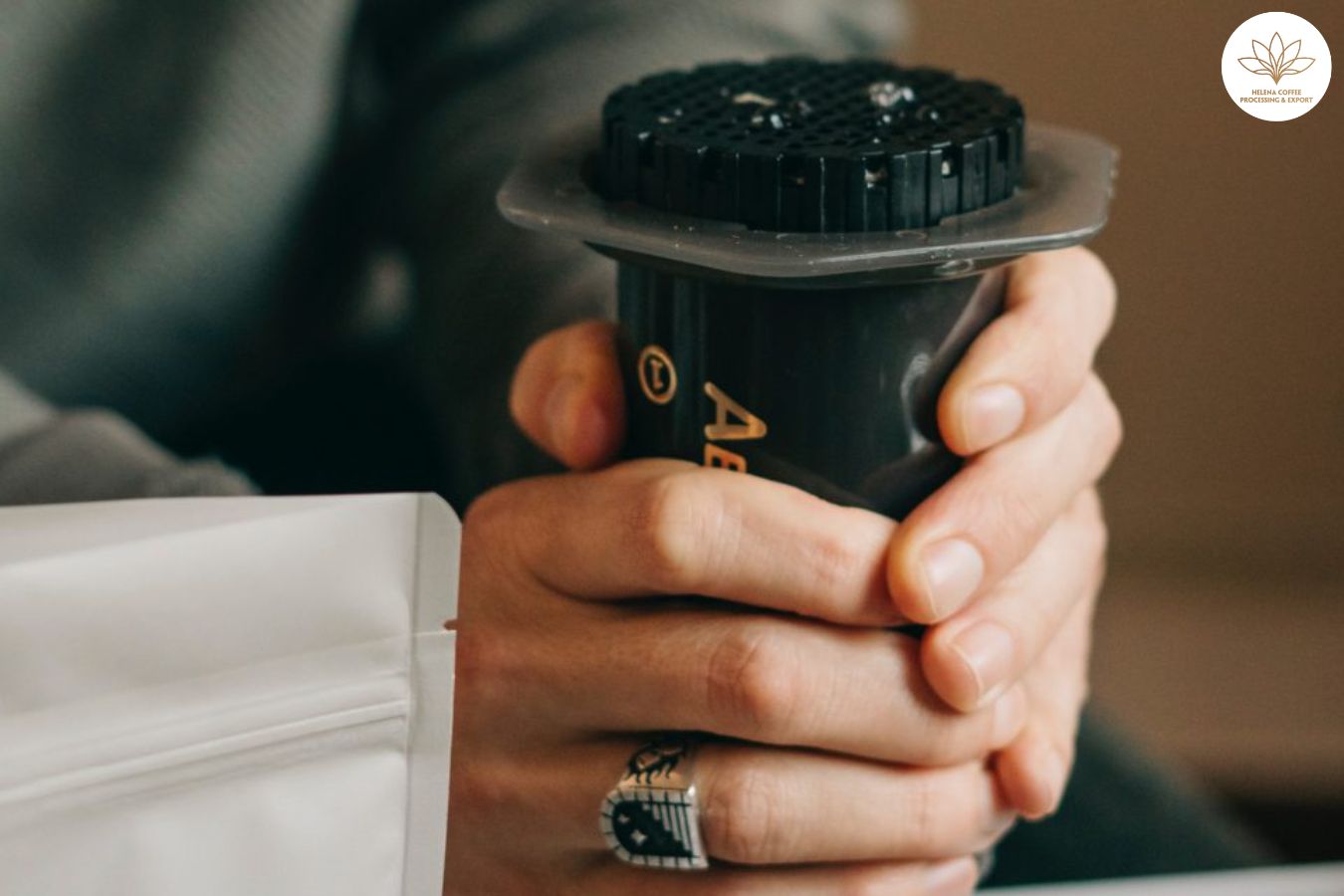
Proper care maximizes their longevity while preventing metallic or funky tastes. I appreciate you emphasizing the importance of maintenance – reusable goods require some attention, but reward us with sustainability.
On behalf of our brewing community, thank you for contributing your wisdom. Let’s continue sharing our experiences as we refine our craft together. The spirit of collaboration strengthens us all. Onward!
Changing grind size and brew time
When it comes to using different grind sizes with metal filters, Ben adds that you generally need to compensate by changing the total brew time.
For instance, he tells me that with a coarser grind size, you need a longer brew time. Ben recommends between two and a half minutes and three minutes, which can help to highlight the sweeter flavour notes.
Conversely, he says brewing with a metal filter for shorter periods of time, but with a finer grind size, can accentuate fruity flavours, as well as bringing out some cacao notes.
FAQS:
